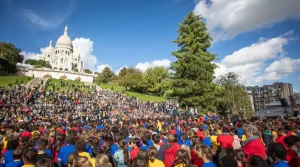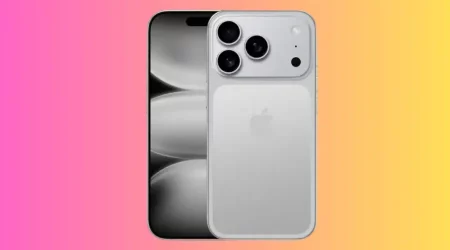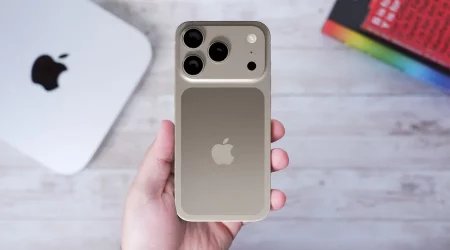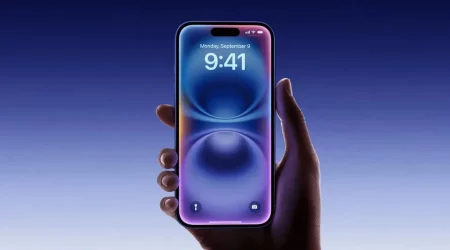Apple, at this point, has revealed scores and scores of iPhones, but the craze of having an iPhone in hand does not seem to be dying down. It is only palpable in the fact that even when it has been more than three decades since the first Apple event, the “Macintosh event” in 1984, more and more people head out to these events or at least stream it to see what else is new in the market. The history of Apple Events rightfully underscores just how much of a cultural phenomenon iOS has become. As we await the next September Apple Week, let’s take a look at the Apple Event evolution and what has unfolded in front of us so far.
How it Started – The History of Apple Events Timeline
1984- How Apple IIc, Macintosh Shaped the History of Apple Events
The Macintosh Event- 1984- The first time when Apple gathered in Cupertino, the Macintosh was revealed to the shareholders. The next time, the Macintosh was back at the Boston Computer Society, less than a week after the first one. Then came the historical Apple II Forever Event in April of the same year, when Apple released the Apple IIc. The firm debuted the Apple II computer. Since then, Apple has staged hundreds of events to announce new hardware and software upgrades.
1997- MacWorld Expo and NeXT Integration
In 1997, Gi Amelio announced the famous integration of NeXT software which had object-oriented programming and a graphical user interface that became quite popular back in the days of computer innovation. Apple had just had an acquisition of NeXT, which brought about the integration into its operating systems. This was shortly after the lush affair of taking Apple up from the shackles of deep losses and drop in stakes.
Amelio was still reeling from the losses and had taken in advances to move on from the mistakes of the past of keeping core technologies internal and heeding less mind to user feedback and responses. How much that took into effect, only the story of the history of Apple weeks ahead would tell.
1998- The First Apple Studio Display
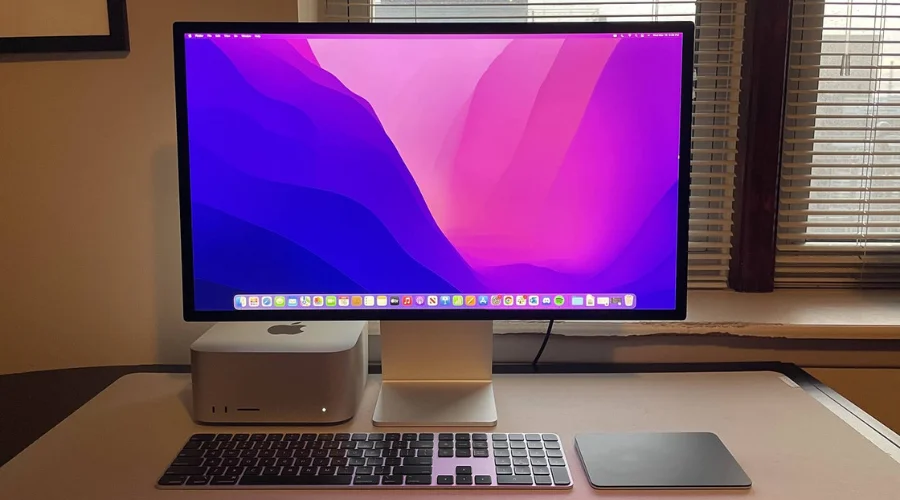
The 1998 seminar was held in the avenues of New York, where Steve Jobs introduced the first ever Apple Studio Display. The Studio Display was the first monitor from Apple that deviated from the standard CRT technology and moved on to the latest LCD screens. For six extra years, the line thrived until it was discontinued in 2004.
Apple Computer, Inc. launched the Apple Studio Display, a range of LCD and CRT non-widescreen monitors, in 1998.
Then arrived the event in May 1998. That’s when Steve Jobs presented the first ever iMac at the Flint Center.
1999- The Introduction of iBook with Wireless Networking
The next stop in our chronicle of the history of Apple Events is the 1999 Macworld Event, when Steve Jobs introduced the newly rebranded Power Macintosh G3, and previewed the new Mac OS X Server in his keynote speech.
At the next Macworld Expo in New York, Apple launched its famous iBook which had optional wireless networking. It was a relatively cheaper alternative to Apple’s previously high-end models and had fewer specifications to accommodate costs.
In late Summer, Steve Jobs was still on a roll when he introduced the upcoming upgraded PowerPC G4 chip, the accompanying Power Mac G4, and the first Apple Cinema Display which had a staggering 22-inch LCD display.
If you think that was all for the 1999 chapter of the history of Apple events, the company came up with the all-new Mac OS 9, iMac DV, and iMovie.
2000- The new “Aqua” User Interface
San Francisco was the next landing in the history of Apple Events. The company unveiled its brand new “Aqua” UI, which was based on a water theme, and had drop-like components along with reflection effects and more. The Quartz Graphics Engine for Mac OS X was also introduced which was used to send instructions to the graphics card. The first version was announced to be released next year, but a preview was shown to the audience.
This year is particularly eventful in the history of Apple Events because it was when Steve Jobs was promoted as the CEO of Apple.
Later that year, at the Macworld Expo in 2000, Apple launched even more new displays that had ADC, Apple Display Connector.
2001- The Updates on the Mac OS X
In 2001 at the Macworld Expo in San Francisco, Apple unveiled the new Titanium PowerBook G4 that had Velocity Engine up to 500 MHz, a 15.2 inch display, and DVD Drive on 5-hour battery backup. The Expo is particularly important in the history of Apple Events because, for the performance and specifications it packed, it only weighed 5,3 pounds and was superlight- going so far as to be considered as the “Supercomputer to Go”.
2002- San Francisco Expo
The Expo had the new iMac G4 with an LCD display and a new iBook with a 14” screen with price and specs changes. Later, at the New York Expo, the company introduced Mac OS X 10.2 Jaguar along with iCal, iSync, and iTunes 3. Later, at the Paris Event, the company announced that the Mac models would only boot into the Mac OS X.
2003- San Francisco and Paris
The year 2003 was also quite eventful in the history of Apple Events when Steve Jobs came out with iLife, 17-inch PowerBook G4, XCode, Power Mac G5, and a new wireless mouse and keyboard.
2004- The Start of The Apple Music Event
2004 saw the beginning of the Apple Music Event first in June in London, and then in October when Jobs announced the iPod Photo Line and the new U2 iPod.
2005- The Start of the “Shuffle”
2005 was not quite either for Apple. At the WWDC, Steve Jobs shared that Macintosh would be moving from PowerPC to Intel x86 chips. This noteworthy moment in Apple’s timeline saw 110 labs, 95 talks, over 500 Apple engineers, and 3,800 visitors from 45 different countries. The Wallflowers graced the attendees with their music. Later in September, Apple’s Music Event revealed new products. Jobs launched the iPod Nano, the Motorola ROKR iPod phone, and iTunes 5, and shared that Harry Potter audiobooks would join the iTunes library. Kanye West took to the stage post-announcements.
Later in October, Apple unveiled the fresh iMac G5. It featured a front camera, Photo Booth software, and the fifth-generation iPod Video.
2006- The Introduction of the First Intel-Based Computers
Back in 2006, Apple shared some exciting news. They were moving to Intel processors and opening up their product range for the first time in the history of Apple Events. At the year’s start, during Macworld, an iconic Apple announcement came. Hello, Intel-based computers! They rolled out the iMac and MacBook Pro. Not only that, but new iLife and iWork versions along with a universal Mac OS X (10.4.4).
Not soon after, Apple came with the iPod Hi-Fi speaker system, which had already started creating buzz among the youth.
At a unique event in Cupertino. August of that year, it was the WWDC, where Apple announced the Mac Pro, which would be replacing the Power Mac G5 along with updates to Xserver. Plus bonus features in Mac OS X Leopard (10.5) like Time Machine and Spaces, not to mention the perks of the Mac OS X Server. They weren’t done yet though. In September, Apple pulled back the curtain on Apple TV (or “iTV”), refreshed the iPod run, and launched both the 2nd-gen iPod nano and the new iPod Shuffle.
2007- The Conference and Expo- And A Lot of Introductions
In 2007, Apple CEO Steve Jobs made heads turn at the Macworld Conference & Expo. Jobs showed off the iPhone and Apple TV. This particularly was another year of happening expos in the history of Apple Events. Apple was shifting to Intel processors, leading in music, and adding Paramount movies to iTunes. The iPod had also become the top video and MP3 player and the content was exploding. That same year, Apple launched the aluminium iMacs, refreshed Mac Mini, introduced iPhone OS 1, and debuted new iPods.
2008- The App Store for iPhone and iPod Touch
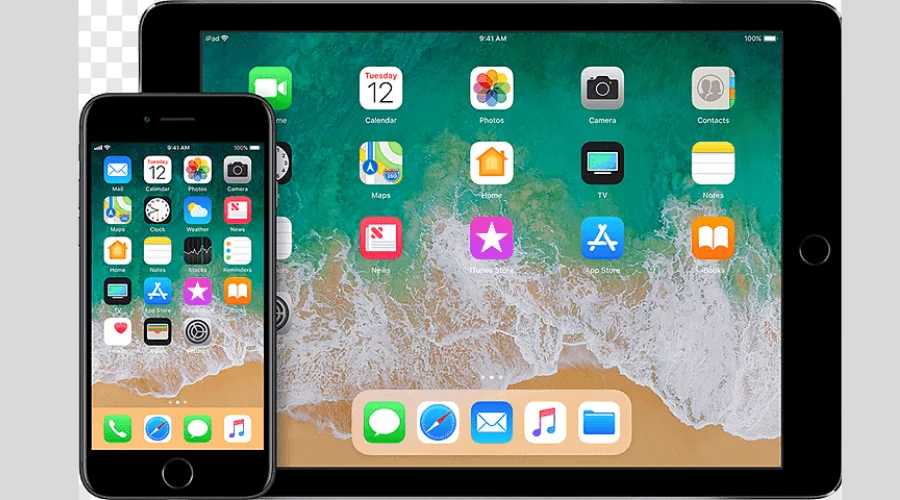
This year particularly in the history of Apple events was all about the App Store for iPhone and iPod Touch. At the conference, Jobs showed off the MacBook Air, the slimmest notebook ever. He brought news of iTunes movie rentals and the Time Capsule, a wireless backup tool. He also announced that the iPhone was a hit and has sold more than 4 million units. Not only that, but he offered a new software update for iPod Touch.
In March, the company revealed push tech and the iPhone SDK 2.0. During the 2008 WWDC, Apple announced the App Store, iPhone 3G, Mac OS X Snow Leopard, and MobileMe. Come September, Apple revamped iTunes and iPods. In October, claimed dominion with the Unibody MacBook Pro.
2009- Updates to the iTunes Store
iTunes began selling individual DRM-free tracks for the iTunes Store in 2009 and the launch of the 17-inch Unibody MacBook Pro computer. New to the list were the iLife ‘09 and the iWork ‘09. In the year 2009, several changes happened in the history of Apple Events particularly in the release of iPhone OS 3. 0.
2010- The Start of The iOS
By this time in the history of Apple Events, iPhone has started taking form to what it is popular today. Steve Jobs introduced the iPad at the San Francisco Apple event on January 27. Apple had developed the concept of iPad earlier than iPhone but the company had decided to shift its attention towards the phone sector. In fact, the iPad was internally referred to as K48.
Come April 8, 2010, iOS 4 was presented, blossoming with over 100 new user capabilities and a fresh SDK. At the 2010 WWDC, Jobs debuted the iPhone 4, FaceTime, iMovie apps, and the renaming of iPhone OS to iOS. September 1, 2010, saw the release of iOS 4.1 and 4.2 Preview, and contemporary iPods. A month later, on October 20, the “Back to the Mac” event included previews of Mac OS X Lion, the announcement of iLife ’11, and the introduction of FaceTime for Mac.
2011- 2014- The Introduction of Siri and iPad Air
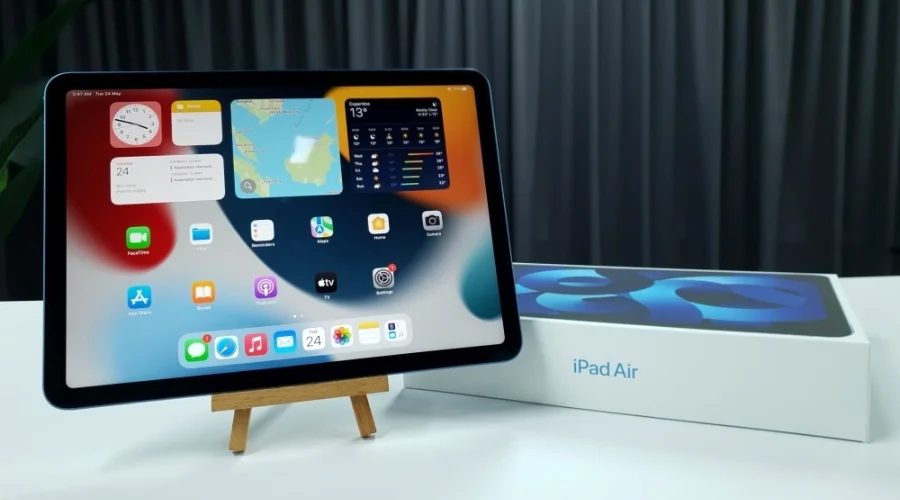
The time period of 2011-2014 is one of the most pivotal phases in the history of Apple Events with the introduction of Apple as we see it now. In 2011, Apple made several significant declarations like the iPad 2 on March 2. In June, at the 2011 WWDC, Apple showcased Mac OS X Lion, iOS 5, iCloud, and iTunes Match. This event drew attention as it was the last keynote Jobs delivered after his demise from pancreatic neuroendocrine cancer, or pNET. October 4 brought the unveiling of the iPhone 4S with Siri and updates to iPod Nano and Touch.
2012 had quite a few events in its ringer too. The March 7 one gave us the 3rd iPad, iOS 5.1, and a new Apple TV. Come June, the WWDC 2012 brought OS X Mountain Lion, iOS 6, and Apple Maps. September 12 was all about the iPhone 5. Then, on October 23, we got an iPad Mini and fresh Mac models.
In 2013 later, on September 10 the iPhone 5C and 5S with a new A7 chip, and on October 22, came the iPad Air plus updated iPads.
2015- 2017- The Introduction of the New Macbook
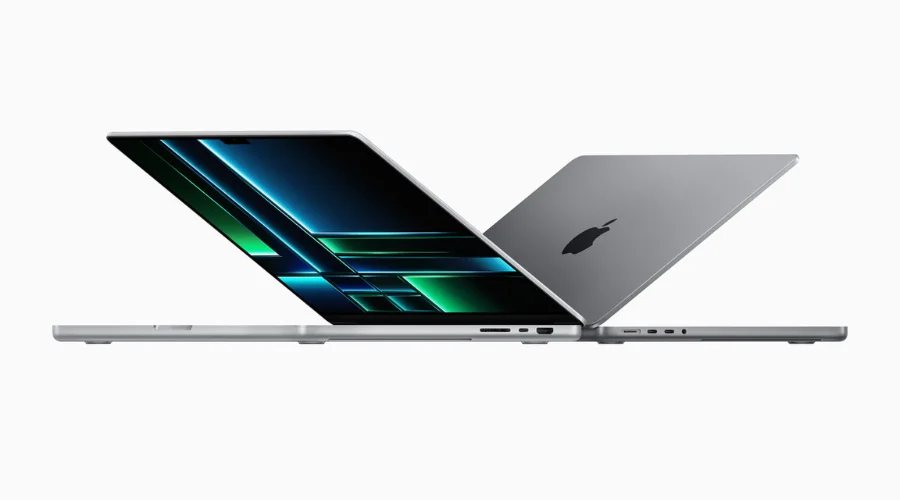
The 2015-2017 was the era of the New Macbook in the history of Apple events. Apple showered us with updates in 2015. On March 9, at the “Spring Forward” moment, the Apple Watch was unveiled. We also got a new MacBook design, iOS 8.2, and ResearchKit for medical use.
Fast forward to June 8-12, at WWDC, where iOS 9, OS X El Capitan, a significant Apple Watch software upgrade, and Apple Music were launched. Plus, the Swift programming language became open-source. September 9’s event was about watchOS 2, a novel Apple TV with App Store and Siri Remote, the iPhone 6S and 6S Plus, and the iPad Pro.
2018- 2020- The Start of The Silicone Powered Models
In a March event of 2018, Apple unveiled the 6th gen iPad and in June WWDC announced iOS 12, macOS Mojave, watchOS 5, and tvOS 12. During the September event saw product releases for; the Apple Watch Series 4, iPhone XS, XS Max, and XR. New MacBook Air, Mac Mini, and iPad Pro models were featured in October.
In March 2019, Jobs announced Apple News+, Apple Card, Apple Arcade, and Apple TV+. WWDC also announced iOS 13, iPadOS, macOS Catalina, and a new Mac Pro computer. September gave us the iPhone 11 series along with the Apple Watch Series 5.
Because of COVID-19 pandemic restriction measures 2020 had, for the first time in the history of Apple Events, virtual occasions during which iOS 14 was unveiled by Apple together with their model of Watch Series Six, and the latest production M1 chips for computer devices.
2021- 2022- After Pandemic Apple Weeks
In 2021 Apple announced the M1 iPad Pro, iMacs, iPhone 13 series, M1 Pro, and Max chips used on their laptops. At the WWDC iOS 15 was announced, after which came the iPhone SE with 5G support whilst making it possible for anyone to access information fast through the internet
2023- The Mac Air Updates
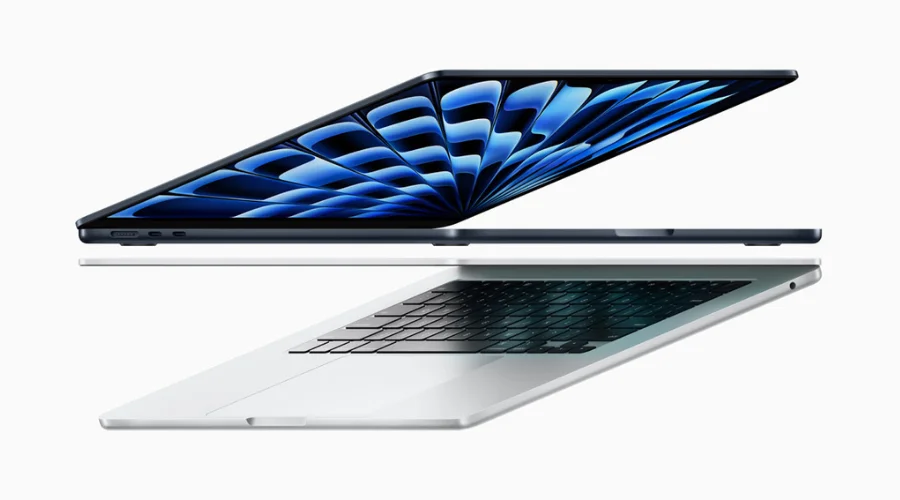
At the latest event in the history of Apple events, WWDC 2023, Apple announced the 15-inch MacBook Air, upgraded Mac Studio and Mac Pro with M2 chips, Apple Vision Pro headset, and new software updates including iOS 17. In September, Apple introduced the iPhone 15 lineup with USB-C ports and Apple Watch Series 9. October’s event launched M3-powered MacBook Pro models and iMac.
2024- “It’s Glowtime” in the History of Apple Events
The new iPhone is ready to be aired in the market with a lot of new changes anticipated. The standard iPhone model will get an additional Action button and the Capture button to help make it easy to capture videos. Speculations are being made that an upgraded A-series in the form of A18 might also be announced in the latest event. This addition itself has made this year’s event a pivotal mark in the history of Apple events. The 16 Pro, too, will reportedly be increased in screen size along with a 48 MP camera on the tetraprism 5x Telephoto Lens.
Another important launch could be the Apple Watch Series 10 or X with a major rebrand, especially since it is the 10th anniversary of the Series. The AirPods 4 are also in the making in two models, with noise cancellation in the Pro version. If the rumours are to be believed, the Pods could also function as a hearing aid for those whose hearing capabilities are challenging.
What unfolds next in the history of Apple Events can only be confirmed on September 9, 2024, at the “It’s Glowtime” Event. Until then, strengthening its digital media game, Apple sure has had a busy history of Apple events since the first one and is only going to launch more advancements in the coming events.
Conclusion
The history of Apple Events has been vast and vivid and has exhibited absolutely no signs of slowing down. With the upcoming “It’s Glowtime” Event on September 9, 2024, speculations of new AirPods, Watch, iMac, MacBook Pro, and more have been made, but what happens will only revealed after Jobs and Co. introduce the launches.
Until then, stay tuned to Savewithnerds for more updates on the Apple Week Event.
FAQs


